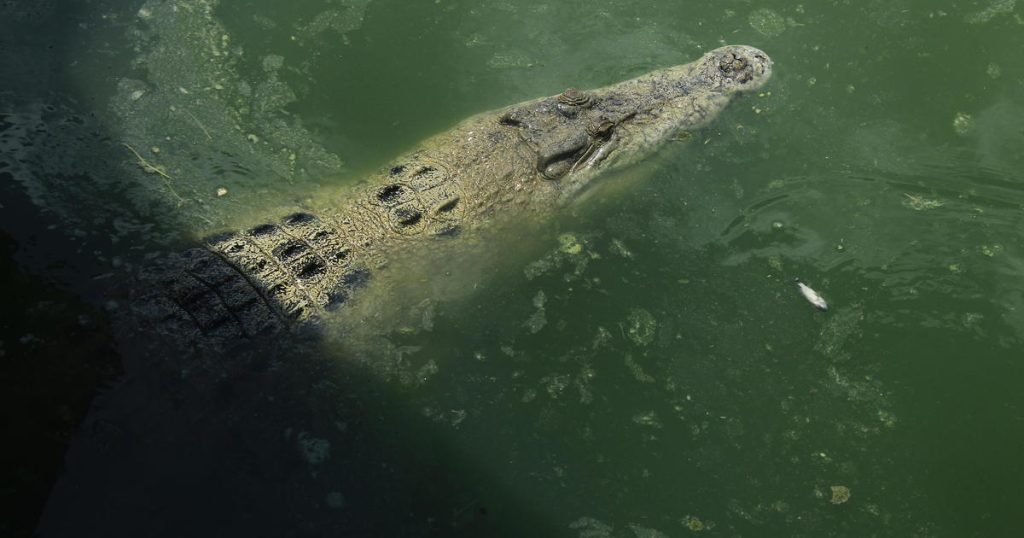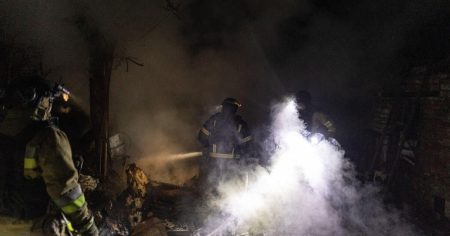American Crocodile Population Grows in Florida After Near Extinction
In recent years, the American crocodile, once on the brink of extinction, has shown a promising recovery in Florida. This species, endemic to the southeastern United States, particularly in South Florida, faced significant threats due to habitat loss, pollution, and hunting. However, thanks to concerted conservation efforts, the population has begun to rebound, offering hope for the long-term survival of this ancient creature. The American crocodile is one of the largest reptiles in North America, with males reaching up to 15 feet in length and weighing over 1,000 pounds. Their recovery is a testament to the effectiveness of environmental protection measures and the importance of preserving biodiversity.
A Rare Success Story in Conservation History
The recovery of the American crocodile is a rare success story in conservation history. In the 1970s, the species was listed as endangered under the Endangered Species Act, with only a few hundred individuals remaining in the wild. The U.S. Fish and Wildlife Service, along with state and local agencies, implemented a comprehensive recovery plan. This included habitat protection, research, and public education campaigns to raise awareness about the importance of crocodile conservation. Efforts to reduce human-crocodile conflicts and restore habitats have paid off, with the population stabilizing and even expanding in some areas.
Challenges Remain for the American Crocodile
Despite this progress, challenges remain for the American crocodile. Habitat loss continues to be a major threat, as urban development encroaches on the mangrove swamps and coastal areas where crocodiles live. Climate change also poses a significant risk, as rising sea levels and increased storm intensity threaten their habitats. Additionally, human-crocodile conflicts are still a concern, particularly in areas where their habitats overlap with human settlements. Managing these conflicts and ensuring the continued protection of the species will be critical to maintaining the progress that has been made.
Crocodile Attacks Highlight Risks in Indonesia
Meanwhile, in Indonesia, a series of tragic incidents has highlighted the dangers of living alongside wild crocodiles. In West Kalimantan province on the island of Borneo, a 10-year-old boy went missing after being attacked by a 13-foot-long crocodile while swimming in a river. His body has not been recovered, and search efforts are ongoing. This incident follows the disappearance of a 6-year-old boy in the same village, who is now presumed dead after a similar attack earlier this month. These events underscore the risks faced by communities living in areas where crocodiles are present.
A Region of High Biodiversity and Danger
Borneo, one of the most biodiverse islands in the world, is home to several species of crocodiles, including the saltwater crocodile, the largest reptile on Earth. While these animals play a vital role in the ecosystem, they also pose a threat to human life. In recent months, Indonesia has seen a number of fatal crocodile attacks, as well as incidents involving other dangerous wildlife, such as pythons. In August, a woman was killed by a crocodile while bathing in a river, and in December, another woman was attacked and killed while working on a palm oil plantation. These incidents highlight the delicate balance between preserving wildlife and protecting human communities.
The Need for Coexistence and Conservation
The stories from Florida and Indonesia remind us of the complex relationship between humans and wildlife. While conservation efforts have allowed the American crocodile to thrive in Florida, the situation in Indonesia highlights the challenges of coexisting with dangerous wildlife. Education, habitat management, and conflict mitigation strategies are essential to reducing the risk of attacks while also protecting these incredible creatures. By learning from these experiences, we can work towards a future where humans and crocodiles can coexist safely and sustainably.















